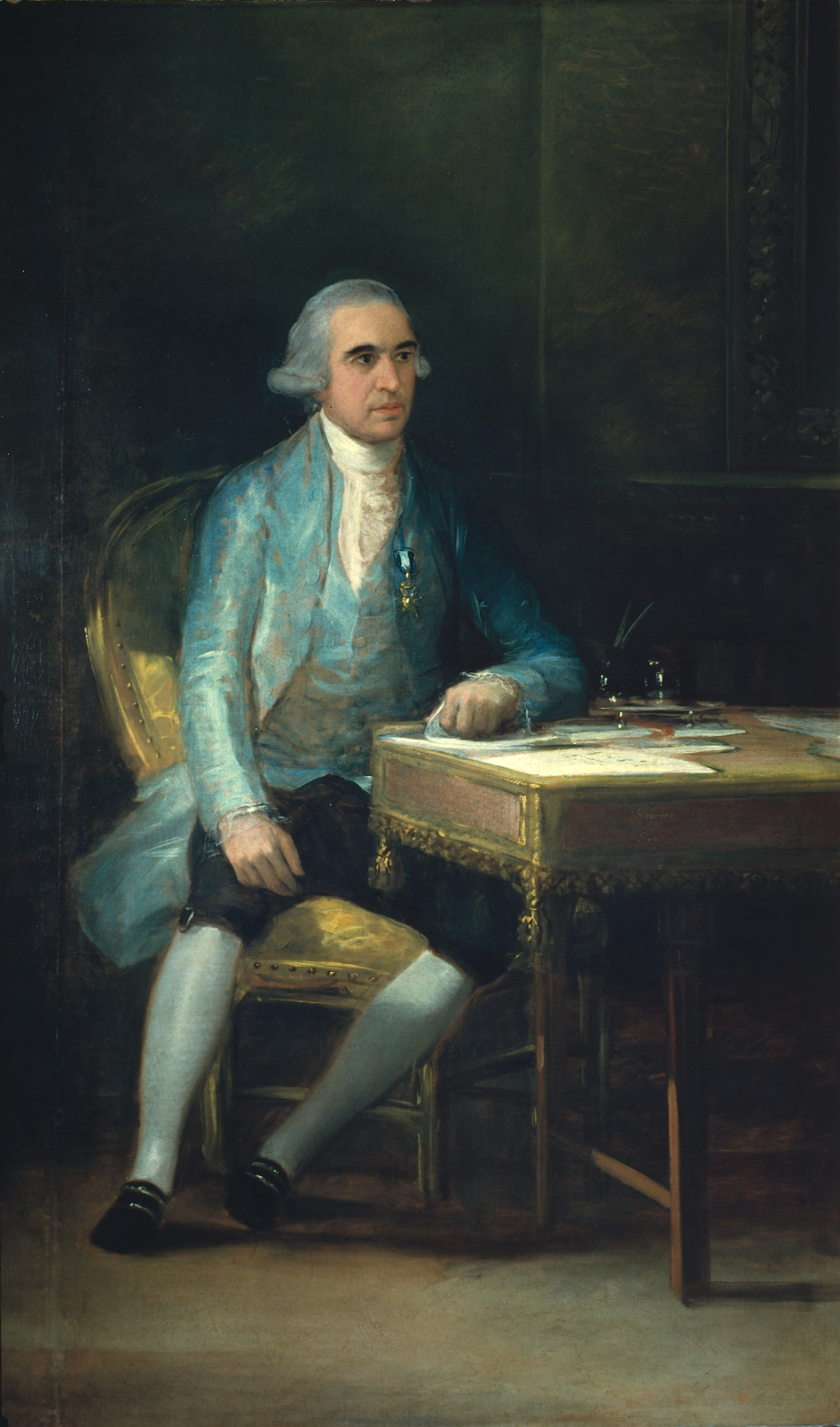Users: Aviva Burnstock, Maureen Cross
http://courtauld.ac.uk/
Venue: Museo Nacional del Prado, Spain
The ARCHlab visit to the analytical laboratories and documentation centre at El Prado provided an opportunity to review technical evidence from selected full-length portraits in the Museo del Prado by Francisco de Goya y Lucientes. The aim was to identify characteristic aspects of the artist’s painting practices for full-length portraiture in the last decade of the eighteenth century. Of particular interest was the composition of the ground and priming layers, the method of paint applications and pigments, the structure of the canvas support and the occurrence and phenomenology of metals soaps within and on the surface of the paintings. The question of oil resin varnishes and the formation of soaps were also investigated.
Three works were selected by Maria Dolores Gayo (responsible for Prado as an ARCHLAB provider) for investigation painted in the same decade as the Saavedra portrait: Carlos IV, dated 1789 Don Jose Alvarez de Toledo, Marques de Villafranca y Duque de Alba d. 1795 and Gaspar Melchor de Jovellanos, painted in 1798, the same year as the Courtauld portrait of Francisco de Saavedra.
Aviva Burnstock and Maureen Cross brought technical material gathered from their study of the Saavedra portrait for comparison.
Laura Alta made available X radiographs of the Prado paintings and high-resolution digital images including IR and surface details.
Samples from the Prado paintings were re-examined using light microscopy and SEM-EDX. The analysis addressed the question of the composition of the ground the presence of lead soaps, and the use of pigments including calcium phosphate black, umber and Prussian blue.
Technical images together with information from a study of cross sections illustrated the canvas structure and presence of vertical seams in the pictures; the rapid brushwork using thin paint characteristic of Goya the artist’s method of planning the composition, and application of an umber containing background over a Prussian blue underlayer.
The closely similar palette was used for the Prado and Courtauld portraits. Notable from the analytical study was the presence of elemental aluminum associated with Prussian blue pigment. The analysis of the ground layers highlighted the inclusion of both calcium sulphate and calcium carbonate together with iron oxide and lead carbonate. Leas soaps were present on the ground in different stages of re-crystallisation of lead carbonate.
The ARCHlab visit provided us with the opportunity to review examination of the paintings themselves in the Prado and time to visit the Real Academia de Bellas Artes de San Fernando that includes works by Goya second only to the Prado.
Close examination of the paintings in the Gallery confirmed the presence of oil spots on the surface of many works by the artist in the last decade of the eighteenth century. This presents the opportunity to hypothesize that the works were at one time coated with oil and resin that promoted the formation of the metal soaps with oil spots on the painted surface.

